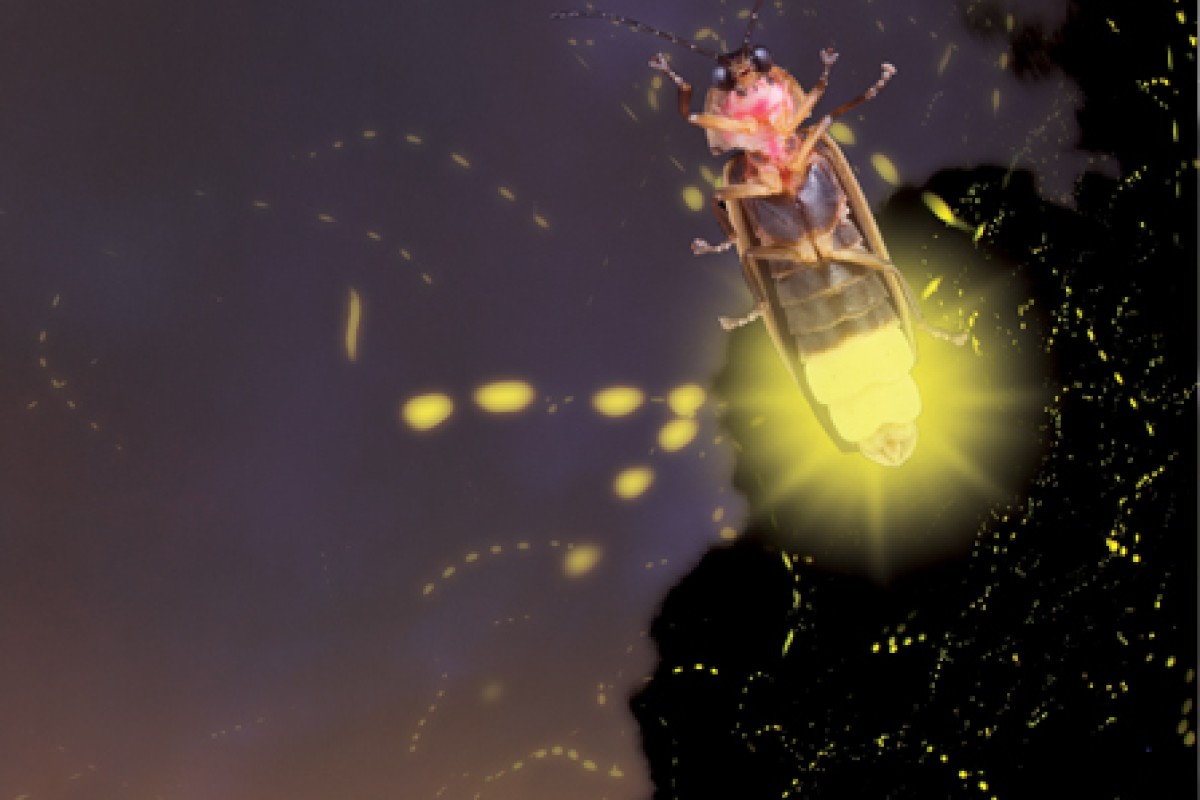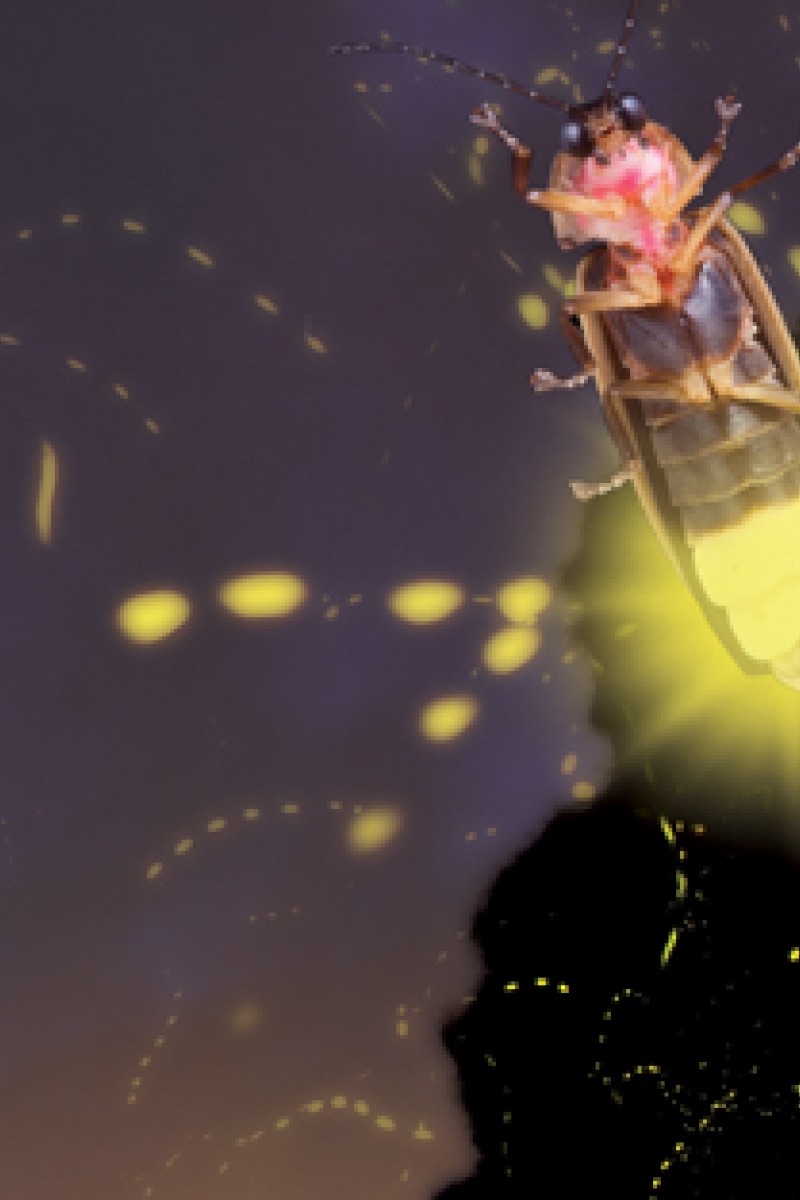 Fireflies use their lights to attract mates at night.
Fireflies use their lights to attract mates at night.They are fireflies. It's a time of year when they are coming into their own. When the insects switch on their lights to find mates in Tai Po Kau or Sha Lo Tung, the areas will turn into mini Milky Ways.
But light pollution is threatening to put an end to their spectacular dance, which happens every May and November at various spots across the city.
Hong Kong, which is home to 25 species of firefly, is likely the most light-polluted city in the world, according to scientists at the University of Hong Kong.
Tai Po lies just a 10-minute drive from Tai Po Kau, which boasts the highest diversity of fireflies. Its light pollution is 260 times above international norms. Even rural areas like the Wetland Park in Tin Shui Wai - home to the Mai Po bent-winged firefly - exceeds standards by 130 times.
Artificial light could "wash out" the insects' light signals and dampen their chances of finding partners for breeding, says Yiu Vor, chairman of the Entomological Society and the author of a book on local fireflies.
A firefly's light, he explains, can be seen by a member of the opposite sex from 50 metres away. But because of light pollution that distance has been reduced.
Mai Po bent-winged fireflies are especially at risk. A property developer hopes to build 2,000 luxury flats near their habitat.
Yiu set out to study the future effects on the insects. He simply boosted the brightness of a compact fluorescent lamp from the normal 0.3 lux of light (the shine of a full moon) to 0.5 lux.
He found that this reduced the insect's number of flashes by half - from about 20 to nine per minute.
"It's ironic that a species unique to Hong Kong that was only discovered in 2011 is already on the brink of extinction," he notes. "It requires specific living conditions and couldn't survive elsewhere."
The species only thrive in a small area of mangroves near the mouth of an estuary.
Too much light at night changes the behaviour of fireflies. "This will lead to chain reactions and unsettle the ecosystem," says Yiu.
For example, with more visibility at night, fireflies might become easier prey to lizards, bats and frogs.
In turn, their prey, including earthworms and snails which tend to be more active at night, might be more difficult to hunt.
To make matters worse, fireflies might be drawn to artificial light sources at night and may get trapped indoors.
Yiu says that more research is needed to observe the effects of light pollution on the insects. Also, the city hasn't yet done a formal survey on its firefly population. He hopes we will do more to make sure fireflies have a bright future.
